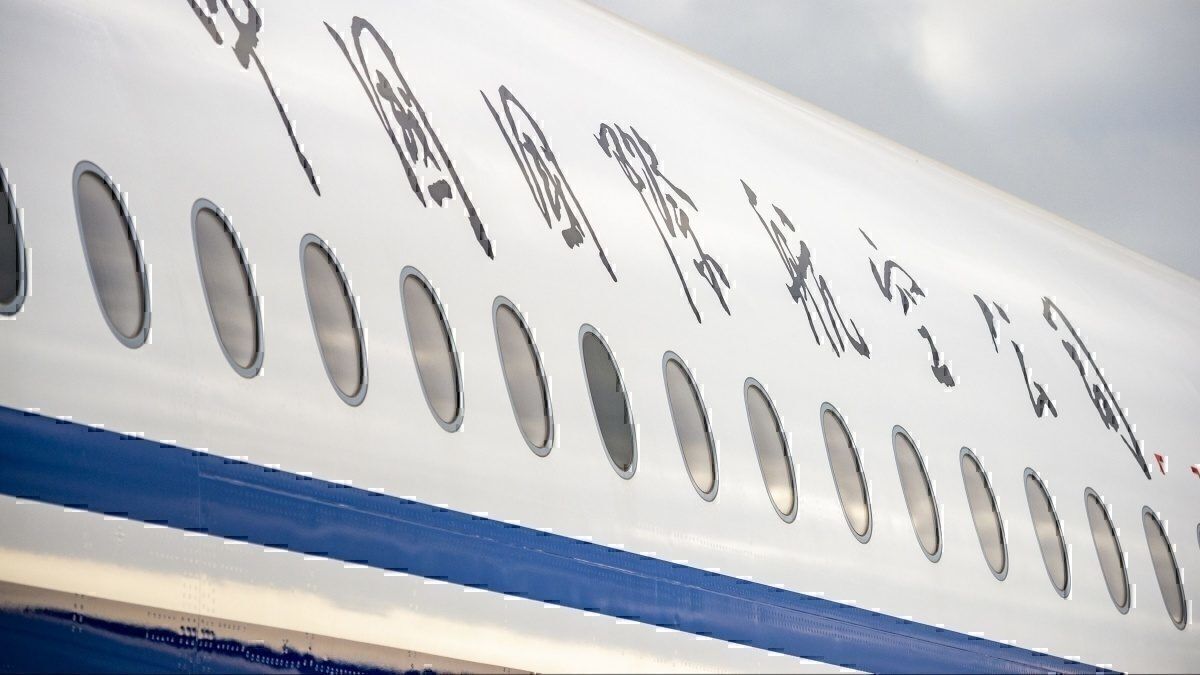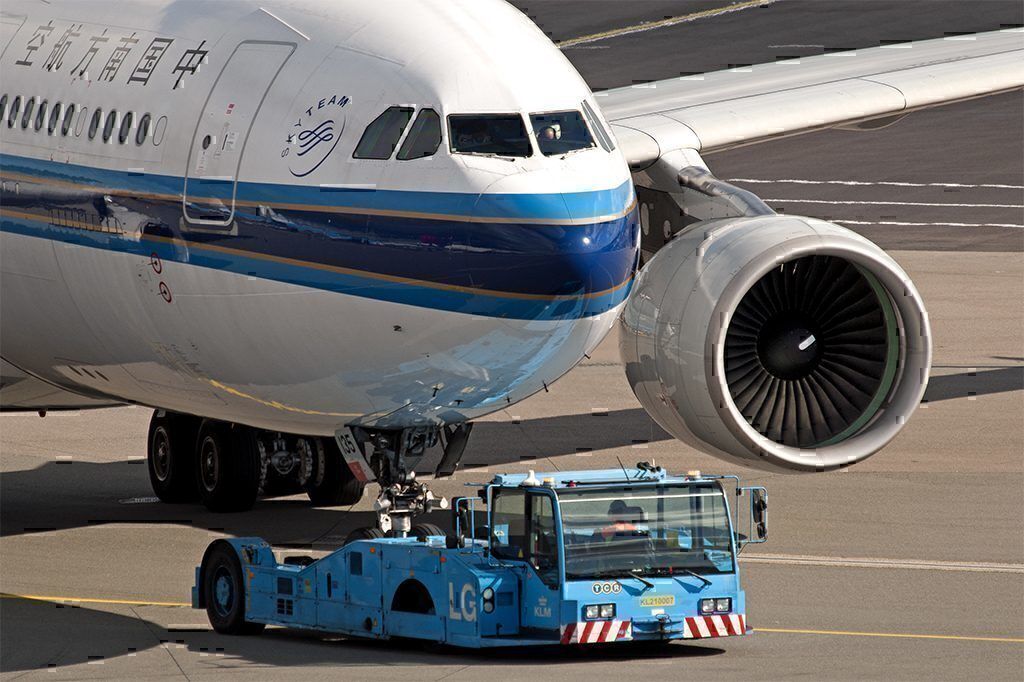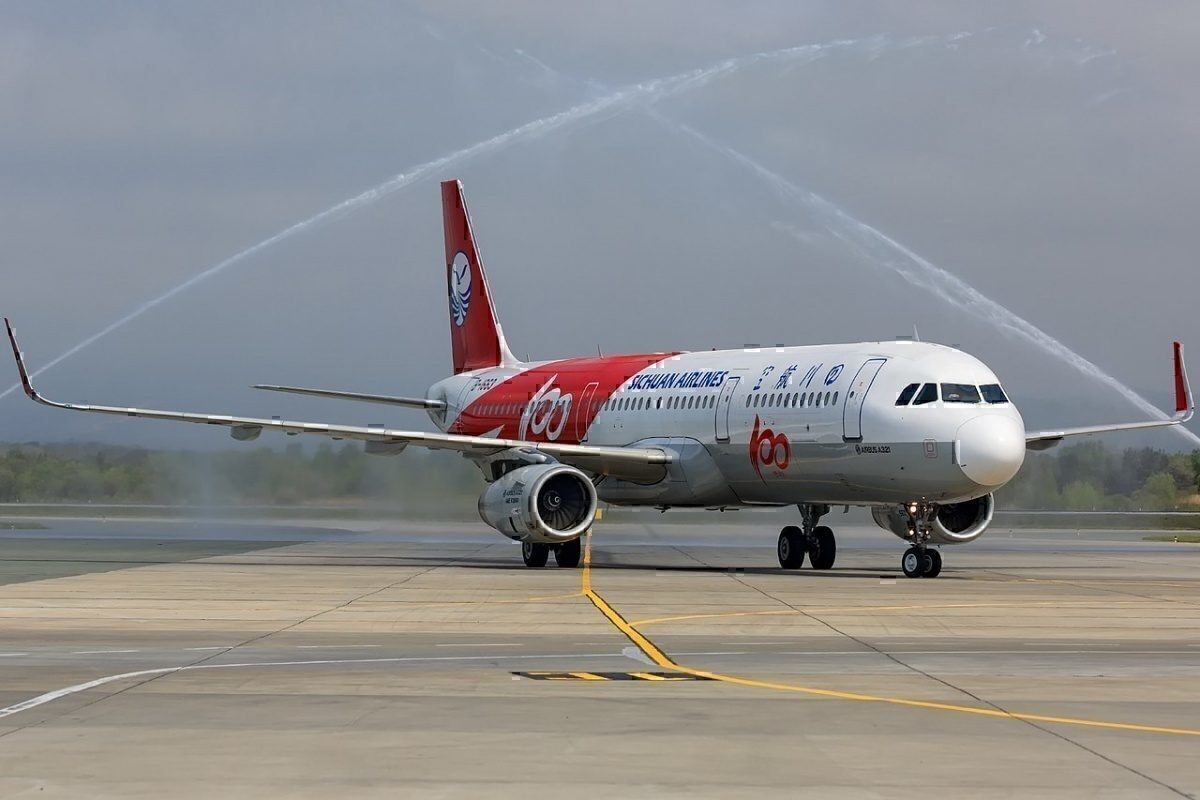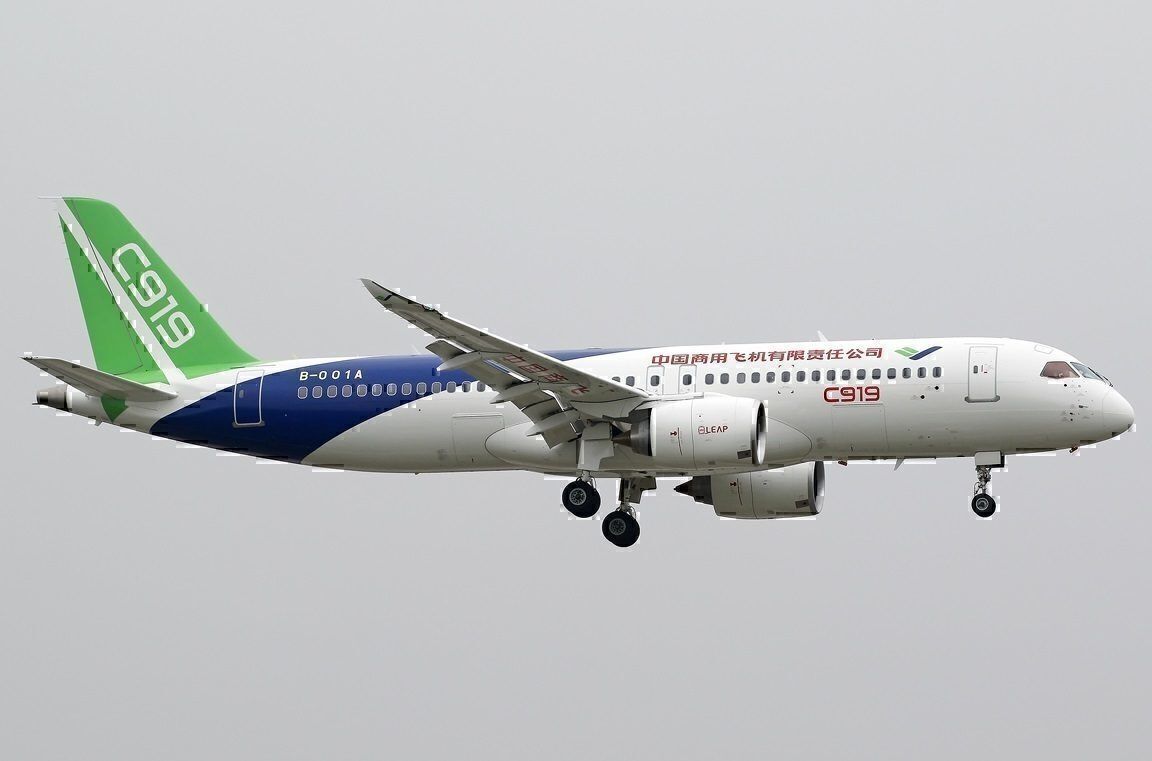After decades of economic and population growth, China is set to become the world's largest domestic aviation market by 2028. This is according to leading airframer Boeing. The PRC's domestic growth will equally be followed by an increase in international outbound demand. China's significance is further set to increase well into the 2030s, necessitating new fleets, airports and runways.
Domestic demand to quadruple by 2037
It's no secret that China is a large, and ever growing, aviation market. Indeed, most economists would expect that as incomes and GDP grow, the demand for leisure and business travel should follow. Yet, the numbers are quite surprising in absolute and relative terms.
According to the latest Boeing Commercial Market Outlook, 236.5 billion Revenue Passenger Kilometers (RPKs) were flown in the domestic Chinese market in 2008. By 2010, that number increased to 335.4 billion, growing to 800.7 billion in 2018.
Boeing forecasts the number of RPKs to nearly double over the next decade, putting numbers by 2028 at a massive 1,740.1 billion. This would make China the largest domestic market in the world, overtaking historically leading markets such as North America and Europe.
In terms of passengers carried, Airbus estimates that almost 1.8 billion people are forecast to travel within China by 2037, nearly four times the number 20 years earlier. For comparison, 1.889 billion passengers traveled worldwide in 2004 according to ICAO data published by the World Bank.
Going out - international travel demand to follow
As reported by Boeing, outbound Chinese travel should equally see a significant increase between 2018 and 2038. Traffic flows between the PRC and Europe, North America, Oceania as well as Northeast and Southeast Asia, are projected to grow between four and six percent annually.
Further stimulating this outbound growth will be the 'Belt and Road' initiative, according to Airbus. The initiative, a cornerstone project for the PRC's leader, Xi Jinping, is earmarked to cover one third of global trade and 60% of the world's population through infrastructure and trade projects.
Fleet and infrastructure demand
With up to four-fold growth, the Chinese market will necessitate significant investments in both airports and aircraft to meet demand and ease capacity pressures.
Concerning aerodromes, China is planning at least eight new airports by 2023, in cities such as Dalian, Chengdu, and Xiamen. China is also set to build nine new runways at existing airports such as Shanghai and Shenzhen by 2030.
As for fleets, Airbus predicts that the PRC will require more than 7,400 by 2037, the vast majority of which will be single-aisle aircraft. Indeed, Airbus has worked hard at securing its share of the market. However, the European airframer not only faces competition from Boeing, but also from new domestic aircraft such as the C919 and ARJ21.
Do you think China's will invariably become the world's largest domestic market? How do you think recent trade tensions between China and the U.S. will influence aircraft fleets? Let us know in the comments.




